Improving Flexibility
When it comes to dancing, it’s obvious that flexibility is one of the most important physical aspects of the art form.
It aids in making a dancer’s movements more seamless, can reduce soreness and tightness and increases turnout, amongst many other benefits.
Uses, techniques, and best practices when it comes to stretching and improving flexibility is a highly debated topic. So, we’ve teamed up with the medical team at The Royal Ballet School to bring you our perspective on 5 tips for improving your flexibility.
While this guide has obvious applications for dancers, it can still be applied to many other physical activities. It can be used if you practice Yoga, Pilates, sports or even if you’re just aiming to increase your range of motion for your overall wellbeing, we promise it is well worth a look.
Top 5 Tips for Improving Flexibility
1. Timing
Timing is everything, including when it comes to flexibility exercises.
For many, the evening and post-exercise is the optimal time to carry out your flexibility routine. Your muscles will already be warmed up from exercising which should make stretching and movement easier.
There is also the theory that doing stretching exercises before going to bed could aid in a restful night’s sleep, relaxing muscles and improving blood flow to help ease muscle tension and rest more comfortably.

2. Setting Up Your Workspace
Having the perfect set up for your workspace is essential. Making sure your space is clear so you have room to move is a great way to begin.
Also ensuring you have the right equipment around you before you start means you can do your exercises without interruption and as effectively as possible.
One key piece of equipment is a great mat to do your flexibility regime on.
Yoga, Pilates and studio mats provide an anti-slip, cushioned surface giving you a level of protection and traction between you and the ground.

3. Preparation of the Tissue
While stretching does relax muscles, it’s not the same as warming up. Indeed, stretching cold muscles could lead to injury. So if your muscles aren’t already warmed up, it’s important to do so first and prepare your muscle tissues before starting your flexibility exercises.
By warming up and preparing your body, it will help to pre-loosen stiff muscles and can even aid in improving your exercises.
Massage foam rollers and trigger point balls are useful tools to aid in pre-exercise tissue preparation.
They can help to target difficult-to-reach trigger points, providing a great self-massage and helping to prepare your body to move and stretch.

4. Accuracy of stretching
The accuracy of your stretching and using longer timings to hold positions can help achieve an additional range of movement. Make sure to start in timings that you feel comfortable with but working at one specific area at one time (i.e. hamstrings), as this can improve outcomes further.
PNF, or Proprioceptive Neuromuscular Facilitation stretching, is very effective for targeting specific muscle groups and improving flexibility amongst other benefits. This involves contracting the muscle you are working on for a short period (6-10 seconds), or the opposite muscle to which you’re stretching, followed by a period of relaxation and gaining new movement in the area you are stretching.
By adding a resistance band like our Jumpstretch Bands to your training, you can start to introduce techniques like PNF, but also add new ranges and different positions of stretch to your training for added benefit.
5. Flexibility is about more than stretching!
Sounds contradictory doesn’t it? But in practice there is more to improving your flexibility than just stretching muscles.
Eccentric (or ‘negative’) exercises, for example, are slow muscle contractions that lengthen specific muscles and can help increase your muscle and joint flexibility. There is even some debate as to whether eccentric training is more effective than static stretching when it comes to flexibility.
There are some great products to help you with eccentric exercise, for example using Sliding Discs to aid with Adductor exercises. Adductors are a group of muscles on your inner thigh which help in the rotation and flexibility of the thigh. Using eccentric exercises on this muscle group could aid in upper leg flexibility.
While our guide to improving your flexibility provides some great tips, you should always remember to be mindful of and listen to your body and not overextend yourself, particularly if you have an existing injury or chronic condition. If you’re at all unsure or if something feels uncomfortable, make sure you seek guidance from a medical professional before proceeding.
Images ©2023 The Royal Ballet School. Photographed by Pierre Tappon
Video ©2023 The Royal Ballet School. Created by Pierre Tappon
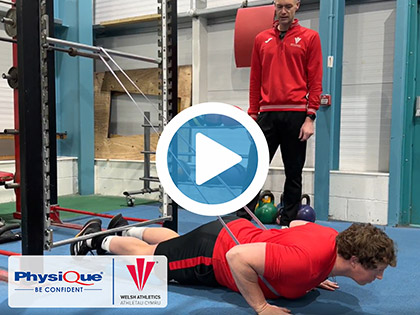
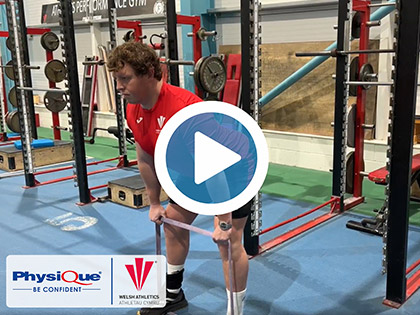

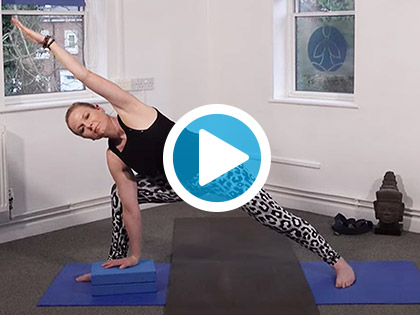
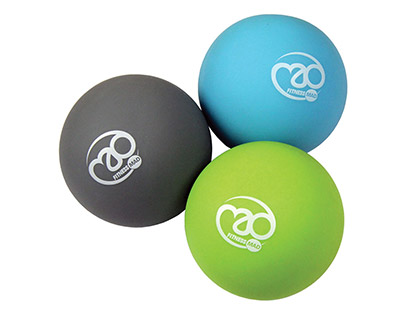
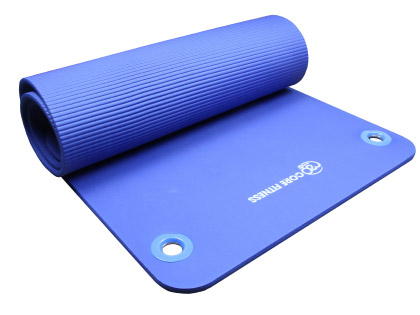

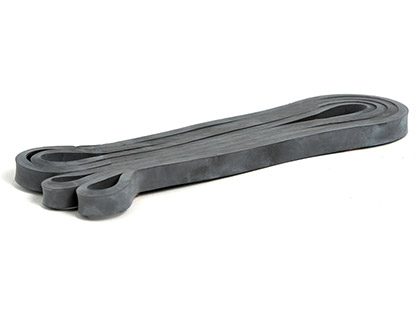

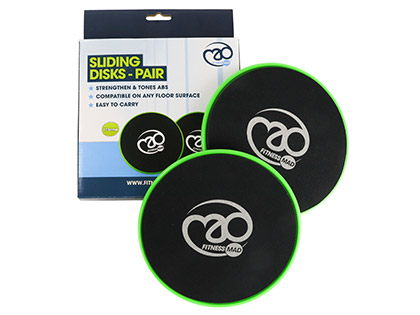

Did you find this article useful?
Why not share this with a colleague, patient or friend?